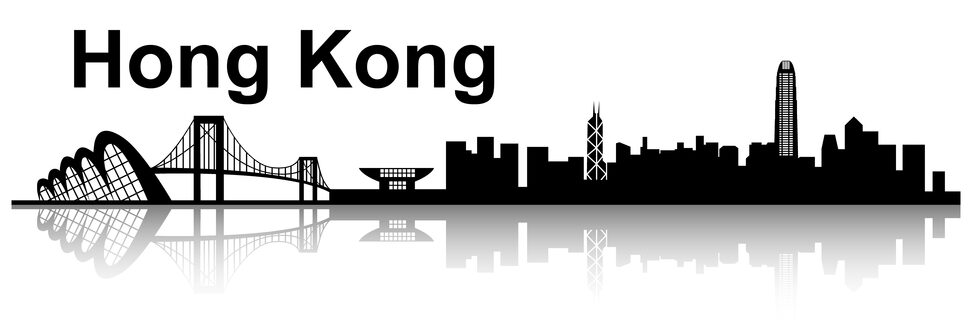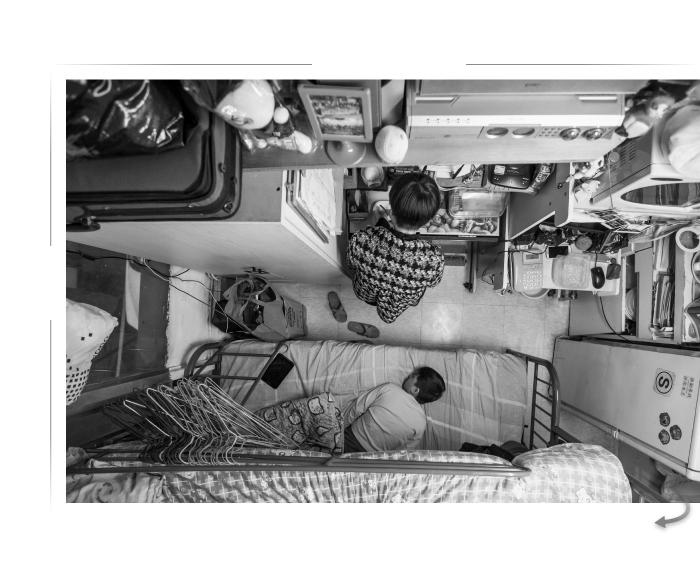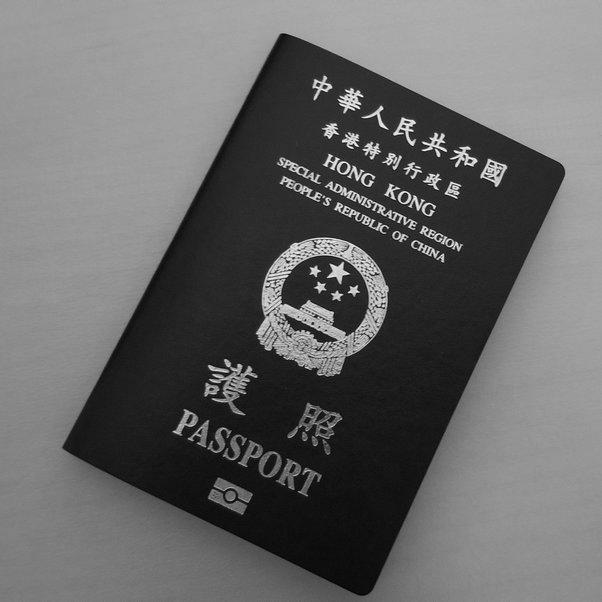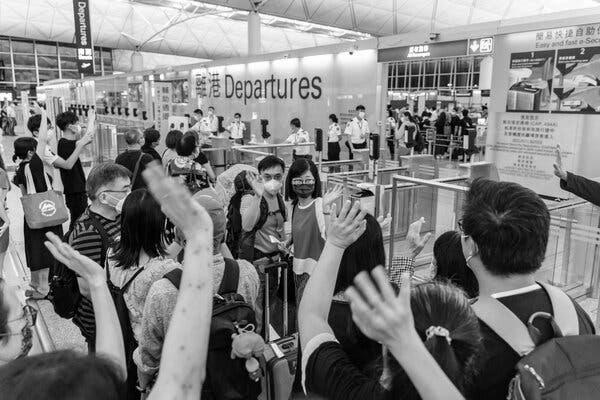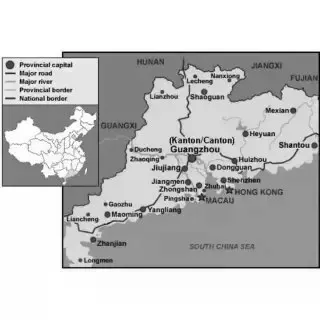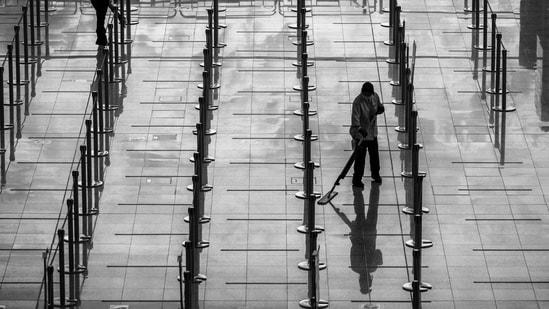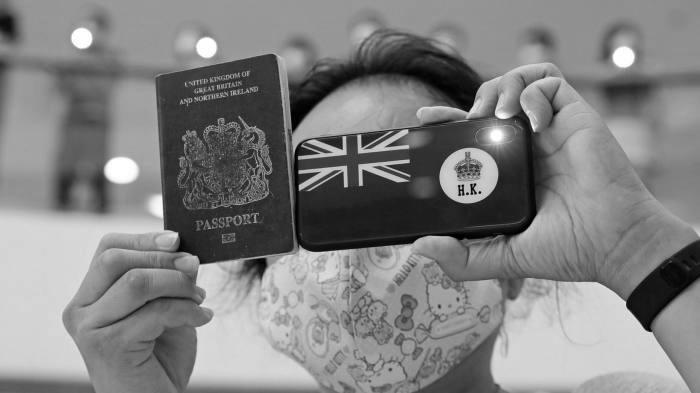Do All Hong Kong Residents Live in Apartments?
Do all Hong Kong residents live in apartments? This question is often on people’s minds when visiting the city. Although there are many different types of apartments, they all share several important characteristics. Here are some of these characteristics. They may also vary in cost, size, and location. In addition, you should be aware of the different taxes and expenses associated with living in Hong Kong. Hopefully, these facts will be helpful to you as you explore this unique city.
Coffin homes
A housing crisis in Hong Kong has led many residents to live in tiny, cramped ‘cage homes. These cage-like units are illegally divided apartments and range in size from 15 to 120 square meters (roughly 1,5-12 square meters). These coffin homes are shared by up to 20 residents and are primarily rented by single people, couples, and three-generation families. One such resident, Wong Tat-ming, is 63 years old and receives government benefits due to leg sclerosis. He lives in an 18-square-foot dwelling that costs $307 a month.
While there are some luxuries of coffin homes, the prices are unaffordable. A one-bedroom coffin costs more than double the rent of a comparable high-end apartment. The average price for a coffin home is 20 percent higher than comparable prices in luxury apartments. It’s not surprising that the rent for coffin homes in Hong Kong has increased by as much as 20 percent in the last year alone. The situation is so dire that the government is considering building an artificial island to alleviate this housing crisis.
Many NGOs attempt to decontaminate coffin homes to reduce the risk of diseases transmitted to the elderly. Coffin homes are also quite expensive — rents in these units are between HK$200 and 500 Hong Kong dollars a month, roughly 2450 US dollars per month. Because of the high rent, entire families with small children are forced to live in these tiny, gloomy apartments.
In October, Carrie Lam, the mayor of Hong Kong, addressed the nation. She promised to introduce a raft of new housing measures. She has pledged to build 10,000 new public rental housing units, subsidized sale flats for public housing tenants, and starter homes for young professionals. These measures, however, may only be short-term fixes. These measures may be ineffective without addressing the cause of the housing crisis and coffin homes.
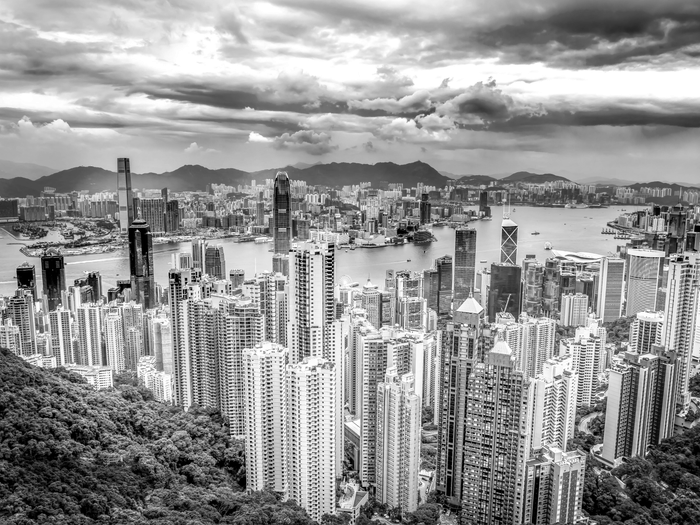
Subdivided apartments
Subdivided units in Hong Kong are small and often resemble closets. They are also crowded, with people living in them with their stuff piled high. Most of these units only have a kitchen and a bathroom, which are extremely expensive. Half of the households in Hong Kong spend more than half of their monthly salary on rent. In a study by the Chinese University and the Housing Rights Alliance, researchers found that a typical subdivided unit is 121 square feet, with an average monthly rent of HK$650.
More families are forced to live in cage-like housing. This makes it impossible for them to find decent apartments in Hong Kong, so they often revert to living in old factory buildings or smaller flats. This is a situation many Hong Kong residents find challenging to deal with. A recent announcement by the housing minister showed that he plans to increase the supply of public housing. According to the housing ministry, the current annual collection is only 15,000 apartments.
The average waiting time for public rental housing in Hong Kong is 6.1 years. In the meantime, many working-class residents are living in subdivided units. Beijing has repeatedly said that the housing shortage in Hong Kong is a serious problem. However, it is essentially the working class who are affected by this problem. Although Beijing has repeatedly praised the HK government for its efforts to address the issue, the fact remains that all residents live in divided apartments.
The rise in real estate prices prompted riots in the city last year, and many protesters have sought housing in the area. A recent survey of Hong Kong’s housing stock revealed that one in five people live in poverty in Hong Kong. This pandemic has led to higher poverty-level housing conditions, forcing many residents into cage homes. Fortunately, this situation is improving. It is still challenging for the poor to afford a home in Hong Kong, but the government is trying to change the situation.
Cost of living in Hong Kong
The average cost of renting a one-bedroom apartment outside the city center is HKD 11,857 (USD 1,510). A three-bedroom apartment will set you back HKD 23,820 (USD 3,034). Hong Kong imports a significant portion of its food. As a result, food prices and the general cost of living are high. A typical meal will be around HKD 50 (USD 6.36).
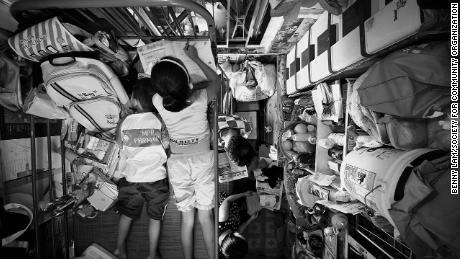
While renting is more affordable in the New Territories, Hong Kong Island rentals can cost up to 50,000 HKD (USD 6,400). However, renting an apartment in these areas is more affordable than in the island’s Central District. If you are single and working with a limited budget, sharing an apartment with someone may be a good idea. This will save you money and allow you to spread out your costs.
The cost of living in Hong Kong depends on several factors. First of all, there is a lack of space in the city. This affects housing prices and practicality. Driving is considered an expensive luxury in Hong Kong as parking space costs are high, legal fees are high, and traffic jams are common. If you plan to drive, consider taking public transportation instead. Hong Kong’s public transportation system is well-developed and offers many communication options.
The cost of living in Hong Kong is high, with property prices constantly rising. Rent in the city center can easily exceed US$2,000 per month. Even a one-bedroom apartment in the city center costs around HK$16,551 per month. The amount you spend on rent will vary depending on where you live and the size of your home. While you can find cheaper housing on the island, few places are less expensive.
Tax rates
Property tax is a mandatory levy for owners of immovable properties in Hong Kong. Property tax is based on the assessable value of the property, less the rates paid by the owners. This tax is spent annually on the net assessable value, less any allowances for repairs and outgoings. The standard rate of property tax is 16%. A flat rate of property tax is also applicable to apartments.
Whether you own your own home or live in an apartment is unimportant. The government’s website has detailed and accessible information regarding taxation obligations for residents. Whether you live in an apartment or house, the Hong Kong government’s taxation website will help you understand your tax obligations. The personal assessment is an option for individuals who earn less than HKD 132,000 per year. Married individuals may elect to pay the joint evaluation for the remaining income.
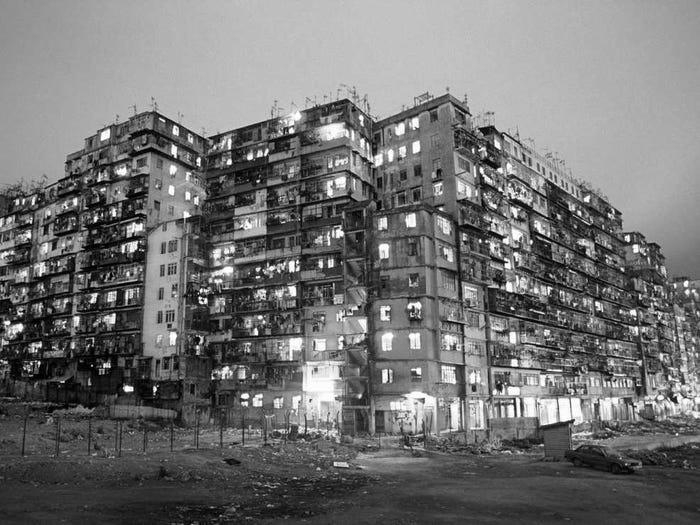
The new tax may increase rent in first-tier cities, especially for people on pensions. In addition, landlords may pass on the burden to their tenants. Meanwhile, a progressive tax system would raise taxes on the rich. In addition, tax reforms should address the problem of tax evasion. Tax rates for Hong Kong residents living in apartments will likely increase in the coming years, but will it hurt the rich?
The tax rates for Hong Kong residents living in apartments can be confusing. The best option is to seek a trusted tax adviser. An H&R Block advisor can help you determine which path to take. If you have an existing retirement plan in another country, you can use that to supplement your Hong Kong income with a foreign one. If you work temporarily in Hong Kong, you will not be required to pay Mandatory Provident Fund contributions.
Housing programs
While Hong Kong’s housing prices are among the highest in the world, the government’s subsidized public housing is still the leading choice for the elderly, low-income couples, and singles. In addition, waiting for public rental flats can mean living in subdivided rooms with inadequate ventilation and poor lighting and even putting your children at risk of getting sick. The lack of affordable housing makes it difficult for low-income residents to afford the city’s expensive lifestyle.
Public housing is available to low-income families, but the government’s supply is still far behind the demand. Public housing construction hasn’t yet recouped its pre-crisis levels. According to the Housing Authority, the need for public rental housing is 50 times higher than the supply. The Housing Authority’s Eligibility Checker allows applicants to see if they qualify for the various housing schemes. In most cases, the government’s PRH scheme is reserved for low-income families, but the nonprofit Housing Society is also working hard to meet demand. Applicants must be at least 18 years old, have no residential property in Hong Kong, and have no assets over a certain amount.
In the early 1950s, public housing was created to fill the void left by the migrant population. But as the city grew, the housing stock was even more inadequate. The city’s population was rapidly increasing, and the government had to build squatter settlements on the outer fringe of the city. These squatter settlements lacked infrastructure and modern amenities, making them susceptible to disasters and accidents. The Shek Kip Mei settlement fire, which left 50,000 people homeless, was a catalyst for the creation of formal public housing in Hong Kong. These public housing programs have since become the key to the city’s development in the 21st century.
